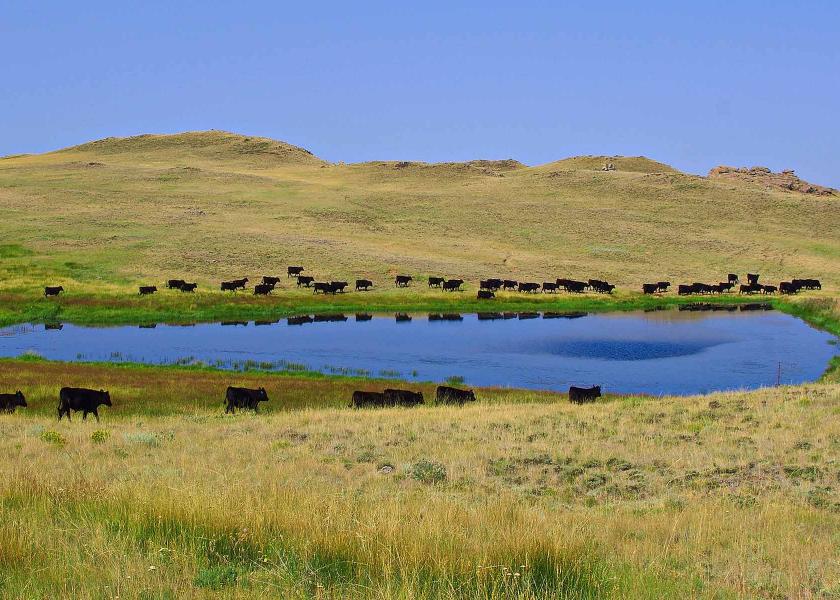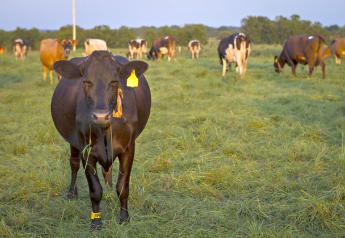Supplying Water Needs for Beef Cattle

With areas of our state having extended drought conditions, many of our ground water sources are drying up. This can force cattle to consume water from sources they would normally avoid. Cattle can only survive a few days without water and addressing the water needs of cattle is a complex process depending on water quality, weather patterns, time of day, feed moisture content, and animal factors such as bodyweight and stage of production.
Water intake and feed intake are closely related, so water shortages will impact productivity not only because of the water requirements but also because of decreased consumption of other nutrients. For example, cattle in the Southeastern US were provided unrestricted access to water, had 48-hour water restriction before shipment to a Texas Panhandle feedlot, or had alternating 24-hour periods of water restriction over 7 days prior to shipment. Dehydration increased short-term measures of stress after transport and performance was reduced during the initial two-weeks at the feedlot in water-restricted calves. This research shows that relatively short periods of water restriction, common in our livestock marketing channels, can have impacts beyond the time of the restriction.
Common water quality issues for cattle include fecal and bacterial contamination, nitrates, hardness, salinity, and total dissolved solids (which includes salt, calcium, magnesium, phosphates, silica, and sulfates). Cattle consuming water with salt or total dissolved solids greater than 10,000 ppm have reduced growth and increased water consumption so that urinary output could increase in order to expel the increased total salt intake. It is recommended that nitrites in livestock water be limited to < 33 ppm, nitrates < 45 ppm, sulfates < 300 ppm, and total dissolved solids < 1,000 ppm but livestock can often withstand higher levels of contamination, depending on other factors.
To achieve guidelines all sources of water should be sample and analyzed for nitrate, sulfate, and total dissolved solids; blending water from multiple sources may reduce potential quality issues; avoid stacking risks of sulfur and nitrate risk factors by sampling and analyzing forages and byproduct feeds used on the ranch.
Estimates of water intake by feedlot cattle include daily feed intake, daily maximum and minimum temperatures, wind speed, solar radiation, season of the year, and temperature-humidity index. Peak water demands by heavy cattle near finish during the summer can exceed 20 gallons per day the majority of which is consumed between 5 am and 9 pm. A 550-pound grazing calf consumes up to 12 gallons per day, but this occurs in a much more limited time due to grazing patterns and distance traveled to water. It is important to not only consider average water consumption over a season when developing water resources and planning watering systems, but also consider drinking behavior, timing of water consumption, and maximum daily water needs.
Glenn Selk discusses water needs of cattle on a classic Cow-Calf Corner from SunUp TV. https://www.youtube.com/watch?v=dGYWEtFAEgc







